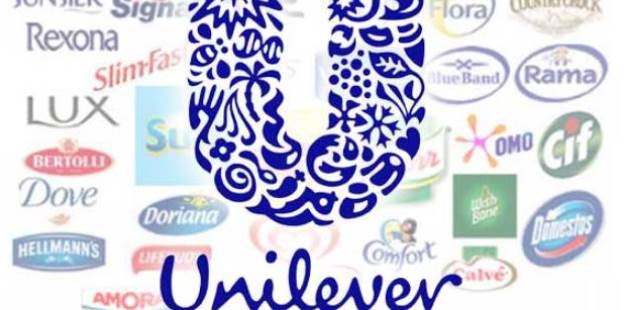Dialogue is defined as ‘discussion between people with different viewpoints, with the goal to improve decision-making and action-taking.’ Not all communication is dialogue. In organizations, communication is often a one-way process in which senders (usually managers) convey messages to receivers (other managers and employees) with the purpose to inform them or influence them to do certain things and undertake certain actions. Although receivers usually may speak and make suggestions during the communication process, these are often not heard and acted upon by senders. Conversely, dialogue is a two-way process. Senders and receivers exchange views and give content and quality to the subject by discussing its meaning and consequences, and improving it. HPO managers know that circulating information does not equal effective communication and they do not confuse meetings (bilateral, weekly operational meetings, management team meetings, quarterly reviews, town hall meetings etc.) with true dialogue. Senders need to listen to receivers and take responses into account while making plans or taking action. HPO managers use dialogue for creating commitment, spreading conviction and driving clarity deep into the organization. They do this by first listening before starting to send the message, so that the employees can help shape the message by providing input and ideas. They have humility in the sense that they acknowledge they don’t have all the answers and that they need to consult the collective intelligence of the organization. They see the give-and-take nature of dialogue as an excellent vehicle for this. And then, when a message has been shaped, they present it with infectious passion and conviction while still being receptive to more suggestions. A nice tactic HPO managers use to promote dialogue is the ‘open door policy’ but with a different interpretation placed on it. As one HPO manager explained: “Open door policy for us means that the door is open for us, executives, to leave the office and to go to the work floor. People always feel a hesitation to enter the office of the chief executive officer so I need to come to them. I try to go to the production floor at least once of week to talk to people. And every morning I do my rounds on the office floor, to chat with people and see how they are doing.”
Below an inspiring example from the HPO book ‘What Makes A High Performance Organization’ – HPO Factor Openness & Action Orientation – from Lennard Boogaard, HR directeur at Unilever Turkey, Israel, Iran and Central Asia.:
« We put great emphasis on dialogue and therefore we spend much time on it. During our yearly Board Away Day when we go off site with board members to discuss important topics, we discusses the topic of dialogue: the principles of a good dialogue, what to do and what not to do, that it should adhere to the acronym ROLO:
- Respect
- Open-mindedness
- Listening
- Openness
Another thing we do is to evaluate after a board meeting how satisfied we were with the dialogue during the meeting. Naturally dialogue constitutes a big part of our leadership training. In addition, I conduct special sessions on this. Last year during the global Human Resource conference we spent a day on the phenomenon of ‘difficult conversations’: what are topics of difficulty and how should you conduct this type of conversations. Another thing we do is ‘fish bowl sessions’ where for instance the board of management is placed in the middle of the room to discuss specific topics and around them people from all over the company are sitting to observe. When these people feel the need they can intervene and ask questions to board members in an open atmosphere. In this way, employees can skip four hierarchical levels because they address the chief executive officer directly. I will give you one other technique we use and which is quite confrontational: the family placing. You let the members of a group position themselves versus the others in accordance with the connection they feel with the other persons. So if you feel close to a person you stand physically close, if not than you create some distance. This way it becomes very visible if a person is not well connected in the group. You can then start the dialogue why this is and what we can do about it.”
Unilever, Europe Middle East Asia: Lennard Boogaard, vice president Human Resources, Unilever Turkey, Israel, Iran & Central Asia – One of the best-known companies in the world is Unilever, the British-Dutch organization that owns many of the world’s consumer product brands in foods, beverages, ice cream, cleaning agents and personal care products (for example: Ben & Jerry’s, Dove, Colman’s, Slim-Fast, Lipton and Vaseline). Unilever has operating companies in more than 100 countries, owns more than 400 brands, achieves a turnover of US$40 billion, and has some 200,000 employees. The company focuses its marketing efforts mainly on its billion-dollar brands, a limited number of brands that achieve annual sales in excess of US$1 billion. Well-known brands include Blue Band, Dove, Flora/Becel, Knorr, Axe/Lynx and Hellmann’s. From its origin Unilever always put much emphasis on creating a social working environment. Lennard Boogaard is in charge of the human resources of Unilever’s operations
in Turkey, Israel, Iran and Central Asia.
Pour des renseignements supplémentaires sur notre cadre HPO, nos conférences, nos experts HPO, nos ateliers et nos cours de maître n’hésitez pas à nous contacter (en Inglés): vink@hpocenter.com or T. +31 (0) 35 – 603 70 07.

